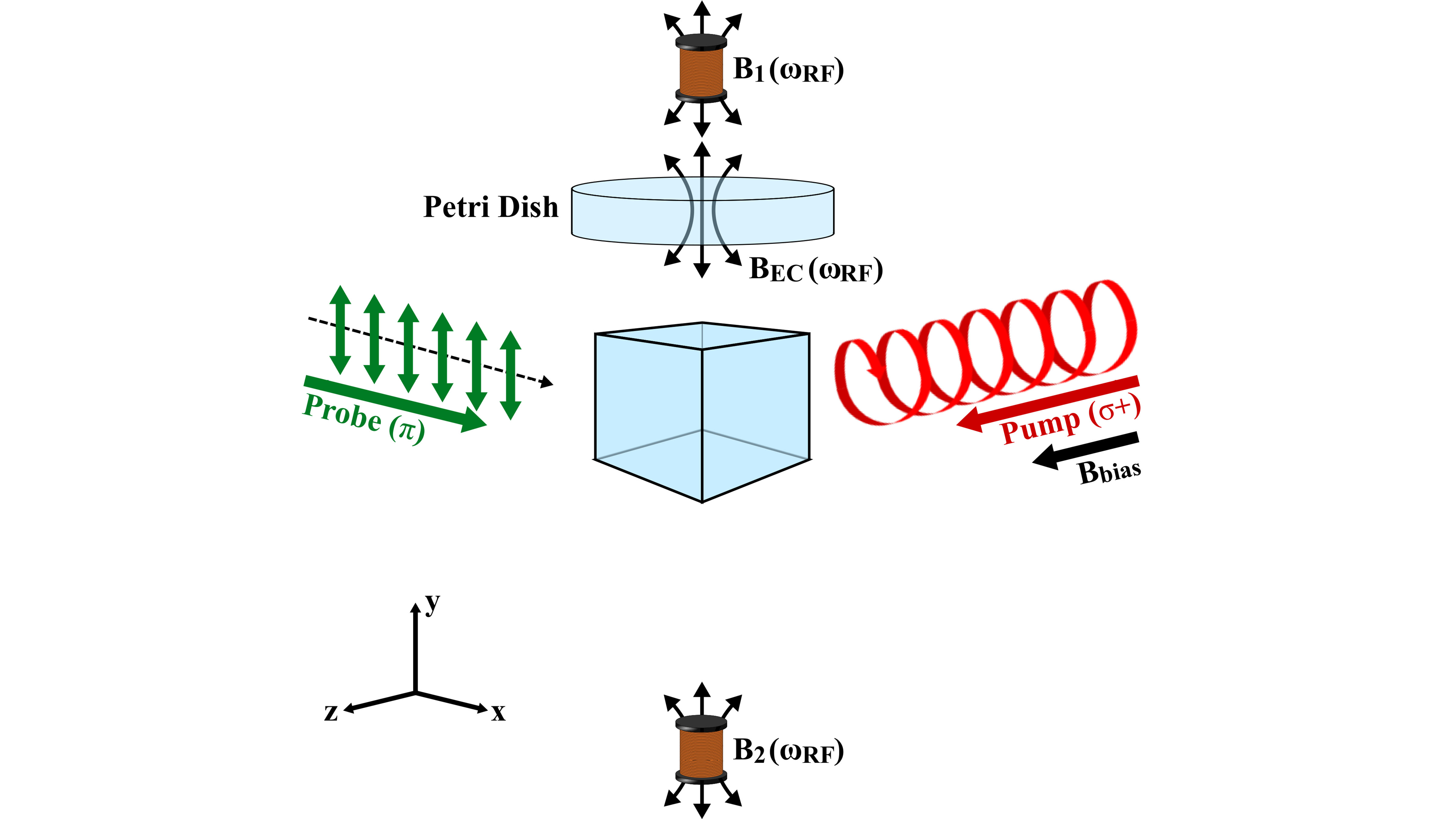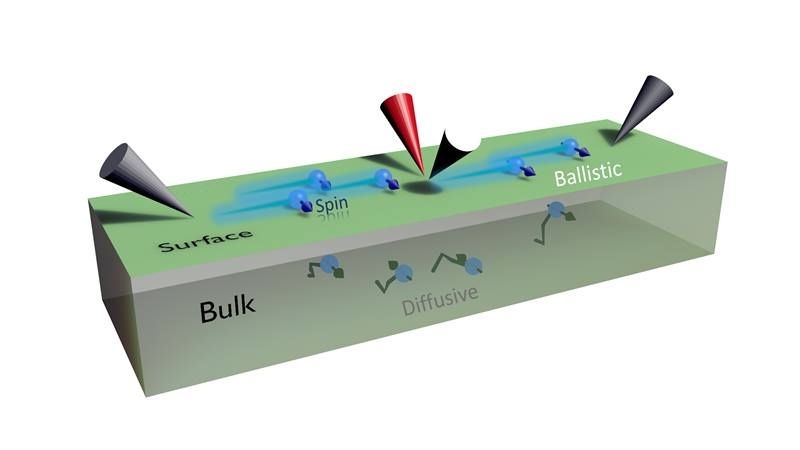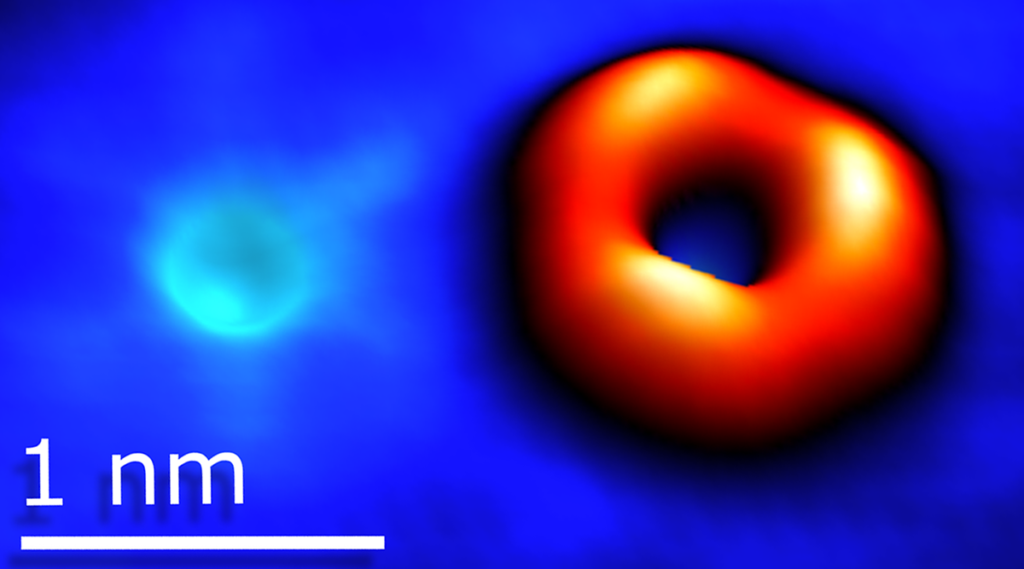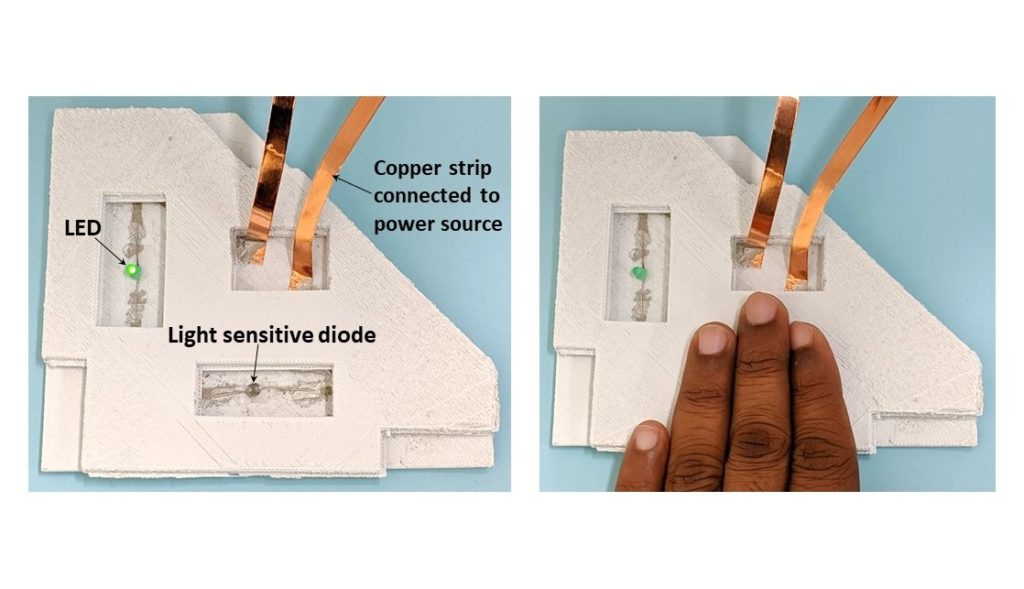Researchers at the University of Minnesota have achieved a new material that will be pivotal in making the next generation of high-power electronics faster, transparent and more efficient.
Tag: Conductivity
Electrons screen against conductivity-killer in organic semiconductors
Scientists uncover the physics driving dopant and polymer interactions that boost conductivity in organic materials.
Cooking Up a Conductive Alternative to Copper with Aluminum
The first-ever simulation of aluminum conductivity offers a recipe for an inexpensive, lightweight alternative to copper.

Atomic Magnetometer Points to Better Picture of Heart Conductivity
Mapping the electrical conductivity of the heart would be a valuable tool in diagnosis and disease management, but doing so would require invasive procedures, which aren’t capable of directly mapping dielectric properties. Significant advances have recently been made that leverage atomic magnetometers to provide a direct picture of electric conductivity of biological tissues, and in Applied Physics Letters, new work in quantum sensors points to ways such technology could be used to examine the heart.

Channeling Electrons for Ultrafast Spin Conductivity
Scientists used unique scanning probe microscopy and spectroscopy techniques to control how electrons moved on the surface of a bismuth-based material (Bi2Te2Se).

The Beauty of Imperfections: Linking Atomic Defects to 2D Materials’ Electronic Properties
Scientists at Berkeley Lab have revealed how atomic defects emerge in transition metal dichalcogenides, and how those defects shape the 2D material’s electronic properties. Their findings could provide a versatile yet targeted platform for designing 2D materials for quantum information science.

3D-Printed Plastics With High Performance Electrical Circuits
Rutgers engineers have embedded high performance electrical circuits inside 3D-printed plastics, which could lead to smaller and versatile drones and better-performing small satellites, biomedical implants and smart structures. They used pulses of high-energy light to fuse tiny silver wires, resulting in circuits that conduct 10 times more electricity than the state of the art, according to a study in the journal Additive Manufacturing. By increasing conductivity 10-fold, the engineers can reduce energy use, extend the life of devices and increase their performance.